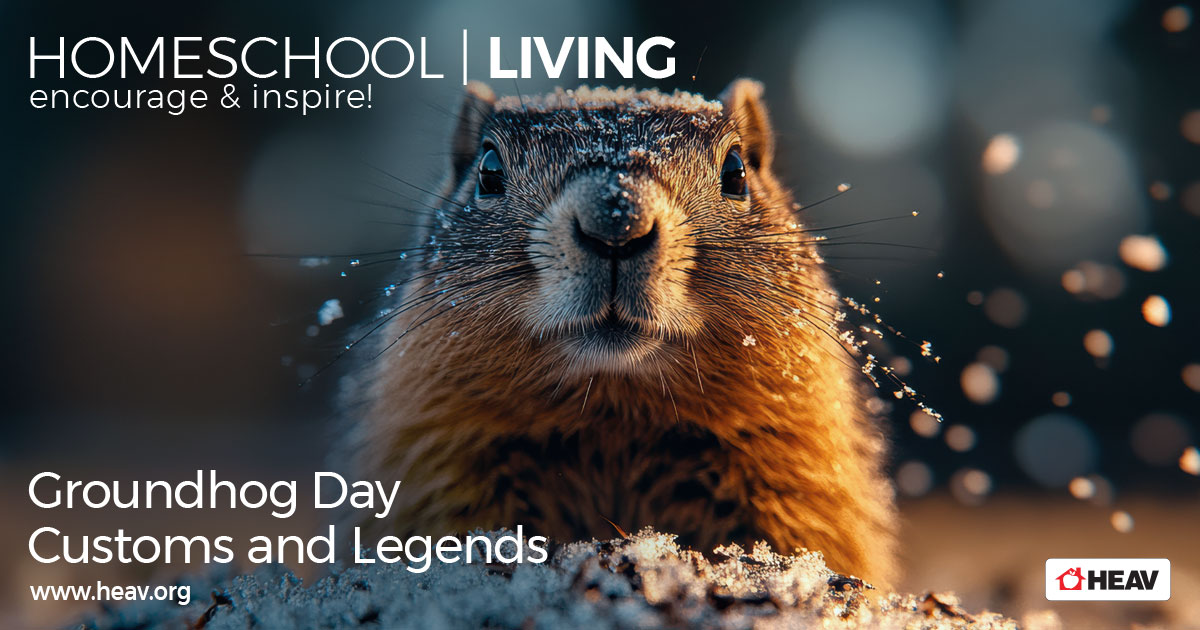Groundhog Day and Weather Prediction Folklore
Every February 2, people across the United States eagerly await the emergence of Punxsutawney Phil, the famous groundhog who supposedly predicts the weather for the coming weeks. Groundhog Day is not just a quirky tradition; it serves as a fascinating entry point into the world of folklore and weather prediction and opens up avenues of exploration in both science and folklore. Check out this Homeschool Living for resources, activities, and lesson ideas to help your students develop critical thinking skills and enrich your homeschooling experience around this delightful holiday.
Groundhog Day Resources & Lessons
If you want to see Punxsutawney Phil’s prediction for yourself—but a road trip to Pennsylvania doesn’t fit into your schedule!—view the live stream here. The stream will begin at about 6 a.m. on February 2.
Groundhog Day is an excellent time to experiment and learn about shadows. These shadow play ideas are great for individual students or groups. Conduct experiments to discover the difference between opaque and translucent materials, create a shadow frame, play with shadow puppet theater, build a sundial, and more.
Weather Prediction Folklore
While groundhogs may steal the spotlight on February 2, they are far from the only creatures said to predict weather patterns. Animals and nature play starring roles in other intriguing weather prediction methods derived from folklore that have been used throughout history. Explore these ten ways animals can supposedly predict the weather at How Stuff Works.
Here are some other surprisingly accurate ways to predict weather using the observation of nature:
Pine cones can predict rain – experiment with this simple pine cone weather station.
“Red sky at night, sailor’s delight” – explore the science behind this age-old saying. It may be more accurate than you think!
Crickets can tell you the temperature – try this cool trick this summer; it’s great for math practice too.
You can tell how far away a storm is by calculating the time between lightning and thunder – LiveScience explains how this calculation works.
Persimmon seeds predict the winter weather – the Farmer’s Almanac walks you through this experiment.
Megan Mora Fuentes
Enjoy this article?
For more insightful and encouraging homeschool related articles, homeschool living tips, and homeschool connections, visit our HEAV blog.









